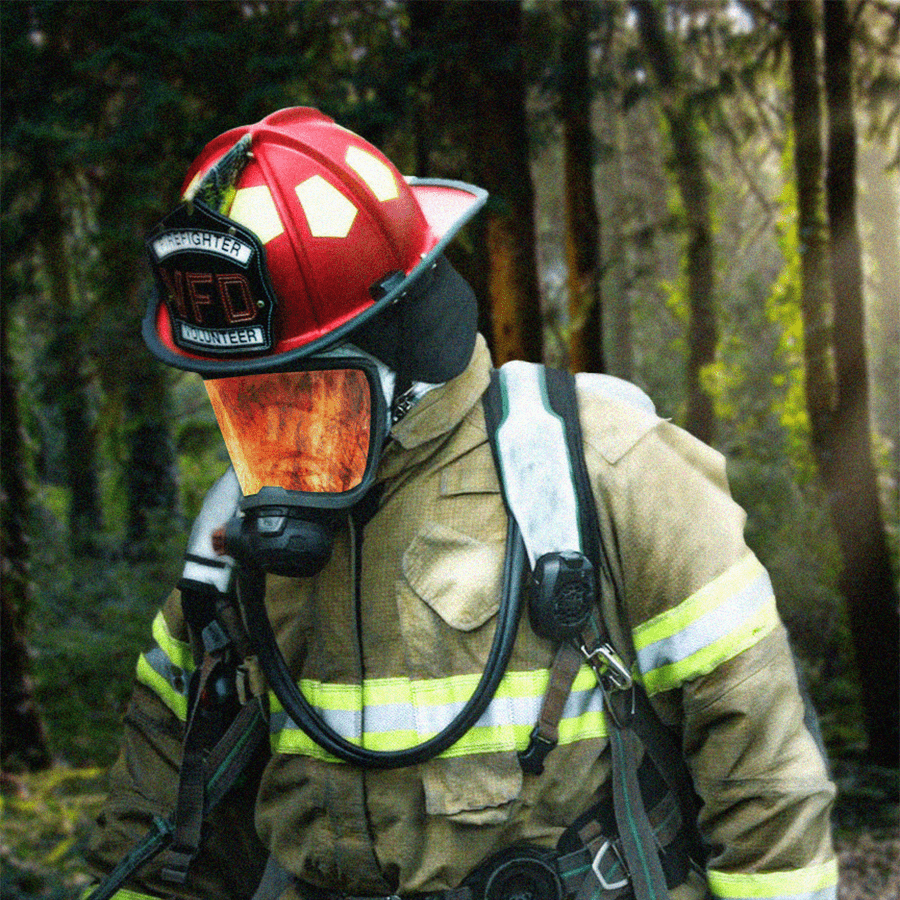Where were the wildfires this year
Typically, in the summer months, Logan skies rotate from a cheerful blue to a smokey gray. This past summer was different. A late spring and an unusually cold winter reduced wildfires in the area meaning skies were clearer But less fire isn’t an inherently good thing, and the trend of fewer wildfires may not hold up in the coming summers.
Mark W. Brunson, a professor of Human-Environment Interactions at the Quinney College of Natural Resources at Utah State University, confirmed that Logan residents had the long winter to thank for the reduced risk of wildfires this past summer.
“There were wildfires, but not really in Utah, not as much as there have been in previous years,” Brunson said. “That’s a function of the fact that it was winter longer, and we had we had a late spring.” Bradley Washa, an assistant professor of Wildland Fire Science, agreed, saying that a wet cool summer helped decrease the risk of wildfires.
“In Utah, we have seen a decrease in wildfire activity across the state in both numbers and acres burned,” Washa said. “For the Logan area, the snow pack from last winter reduced the length of the fire season in the spring, with cooler and wetter conditions being experienced over the summer, and early snow has shut down the fire season into the fall.”
However, Brunson also stated that Logan may have seen fewer wildfires, in a small part, due to increased awareness about fire safety.
“In 2020, we had the pandemic, and people couldn’t do things indoors… So what did people do? They went outdoors, and a lot of those people who went outdoors were folks who weren’t as experienced,” Brunson said. “So that’s been the target of some of the public relations campaigns. It’s just, hey, be careful where you park your automobile; here’s how to put out a fire. There are people out there who are working pretty hard to try and reduce human risks.”
Increased awareness of fire safety has been aided by a federal grant of $4,705,367 that was used in part to launch fire safety campaigns in the state of Utah.
The U.S. Forest Service website states that this money was requested to “substantially expand fire education and awareness, create Community Fire Hazard Mitigation Methodologies, and remove hazardous fuel loading around structures in the Central Area.”
But wildfire is still a risk to communities, especially after multiple extremely wet, cold years. These conditions allow small plants to flourish, but if conditions don’t remain constant, plants dry out, creating plenty of fuel for the next wildfire.
“Research into (the) past five years has shown that often the largest fires occur the first dry year after one or two or three wet years because we do get a buildup of fuels, or we call fine fuels when it dries out, there’s more flammable vegetation, and so you end up getting more fires,” Brunson said. “It really depends on where you are, and what’s going on in the forest is very different than what’s going on in the range lands of the West Desert.”
Less fire isn’t inherently better, because is necessary for healthy ecosystems to manage the buildup of fuels over time.
“We began to put out these fires, and we were good at it. As a result, there were a lot of smaller grasses and small saplings that might otherwise burn were allowed to remain,” Brunson said. “When you have more trees competing for the same amount of resources, then those trees are not as healthy. When they’re less healthy, they’re less able to withstand a wildfire.”
Managing the buildup of fine fuels often requires prescribed burns, a practice where a fire is planned and extinguished safely to mitigate the risks associated with large, uncontrolled forest fires.
“Scientifically driven forest management practices in many ways are intended to mimic wildland fire occurrence,” Washa said. “Thinning practices around the area are somewhat driven to address the build-up of what we call fuels, dead and dying trees, and down woody material. These are not timber sales and are intended to address more of the fire hazard.”
Prescribed burns are rooted in Indigenous communities’ original practices as a way of managing and taking care of the land.
“We know, for example, Paiute people used to burn the forests of South Central Utah,” Brunson said. “For over 100 years, land managers tended to dismiss what they heard from Native people as being not scientific. But now, there’s very much interest in reintroducing cultural burning practices that sustain these forests.”
For students looking to do their part to reduce wildfire, Brunson says being aware of best practices and sharing knowledge with family and friends can be the most efficient way to keep our forests safe.
“I think that knowing what the safest practice is and, when possible, not building big campfires, especially if you’re not in a developed campground. If you’re using ATVs, stay on the trails. Those are all ways that you can reduce your impact,” Brunson said. “I don’t see students as being the challenge. You know, just be aware, think about it. If you learn things, share it.”

